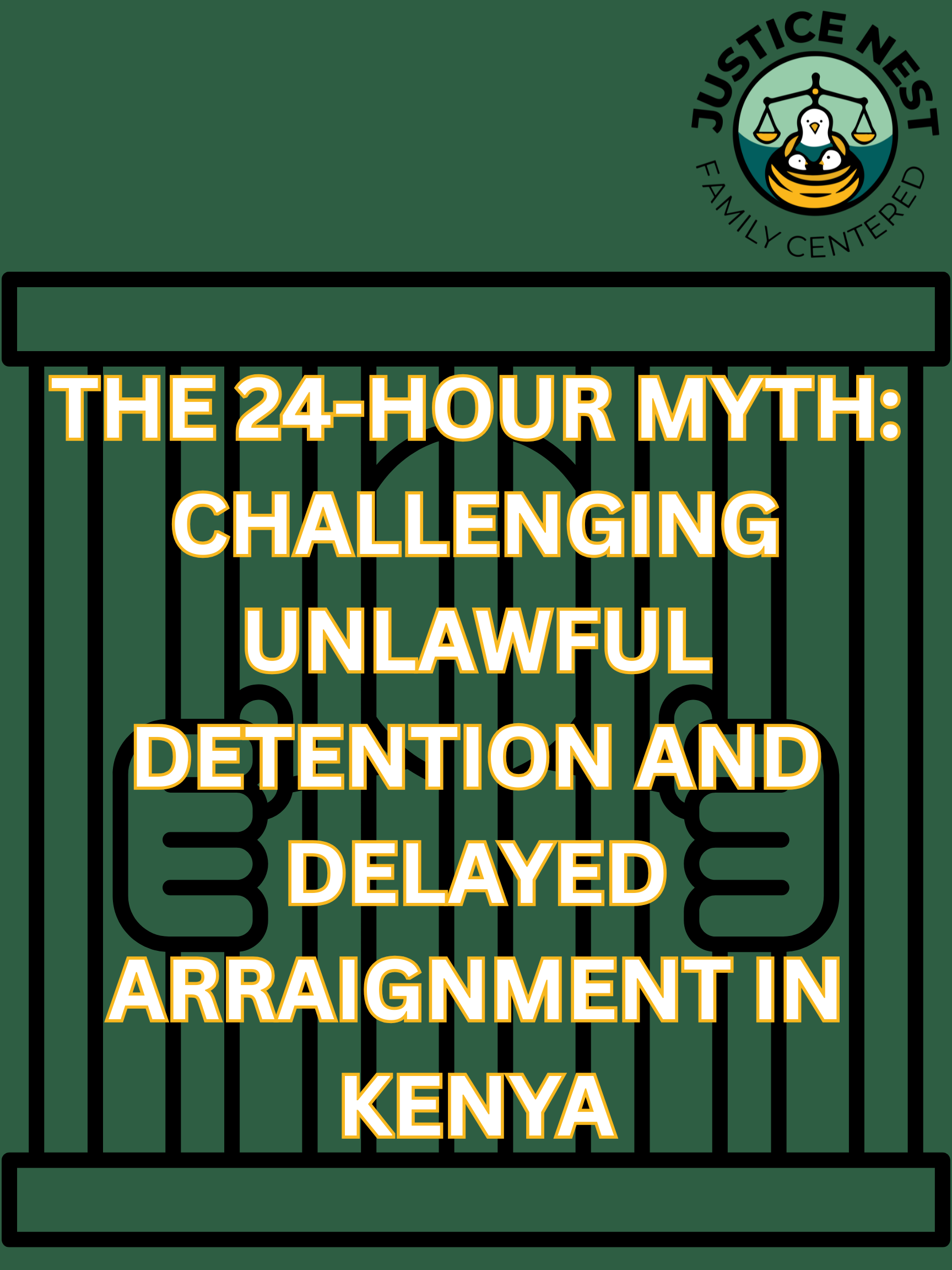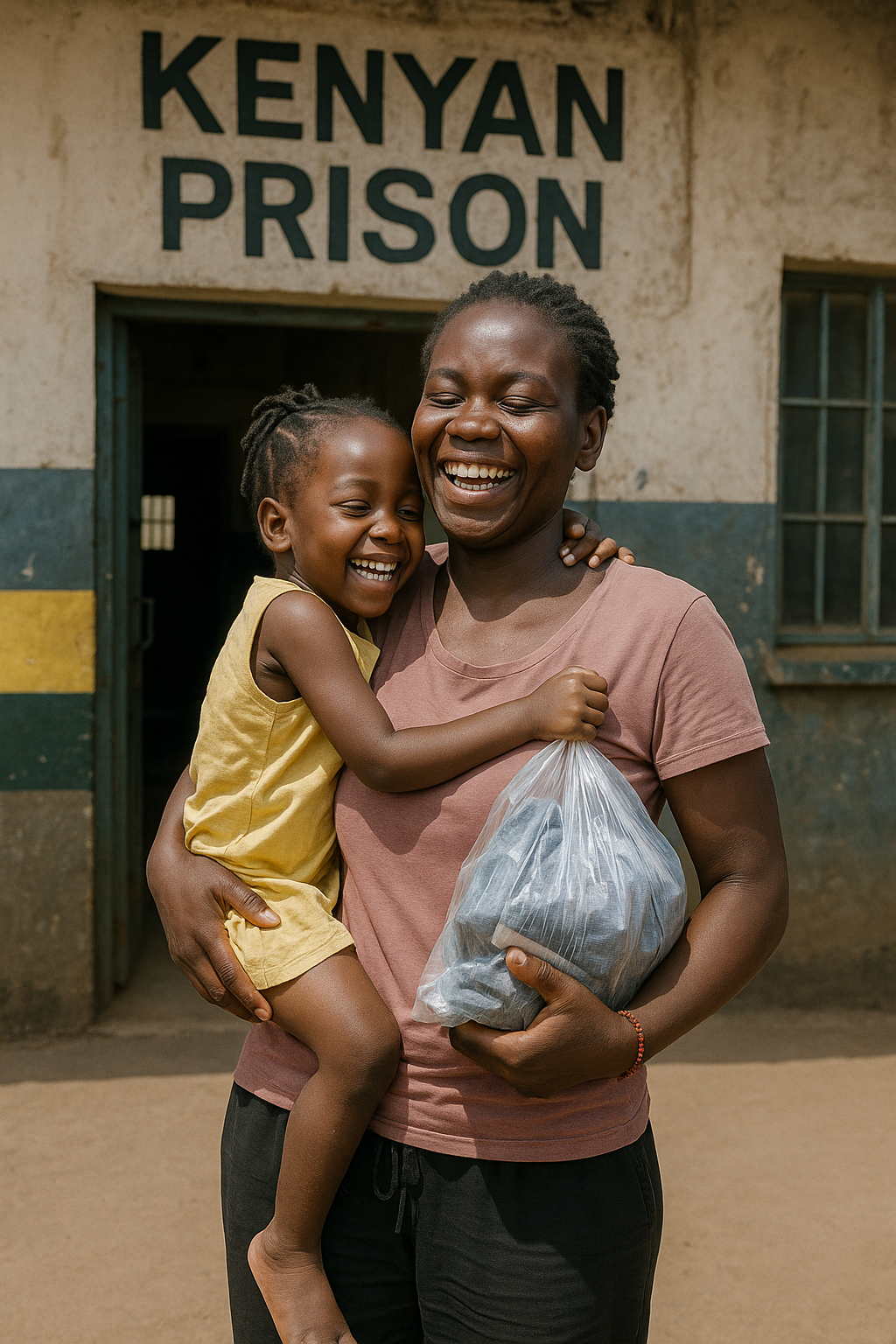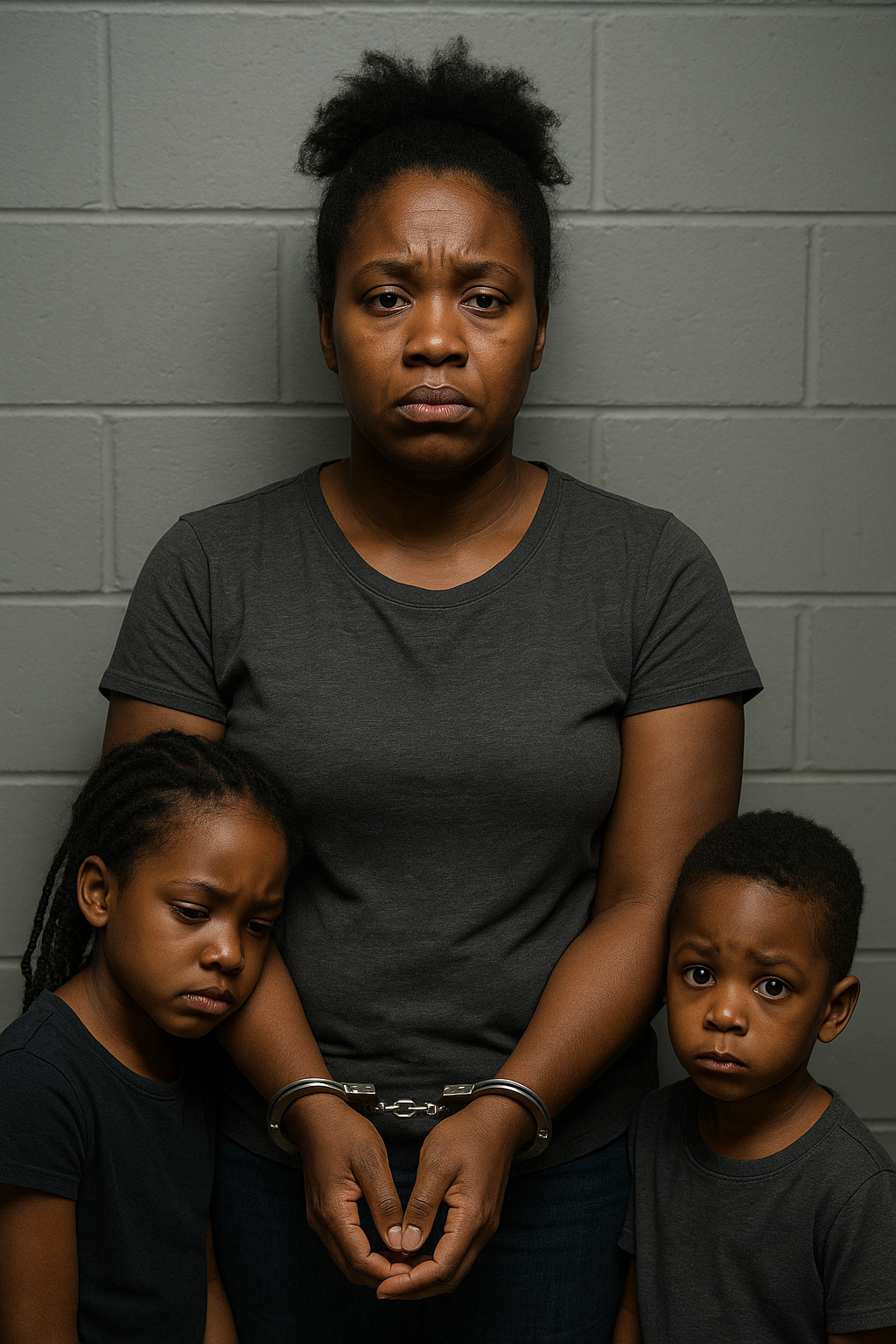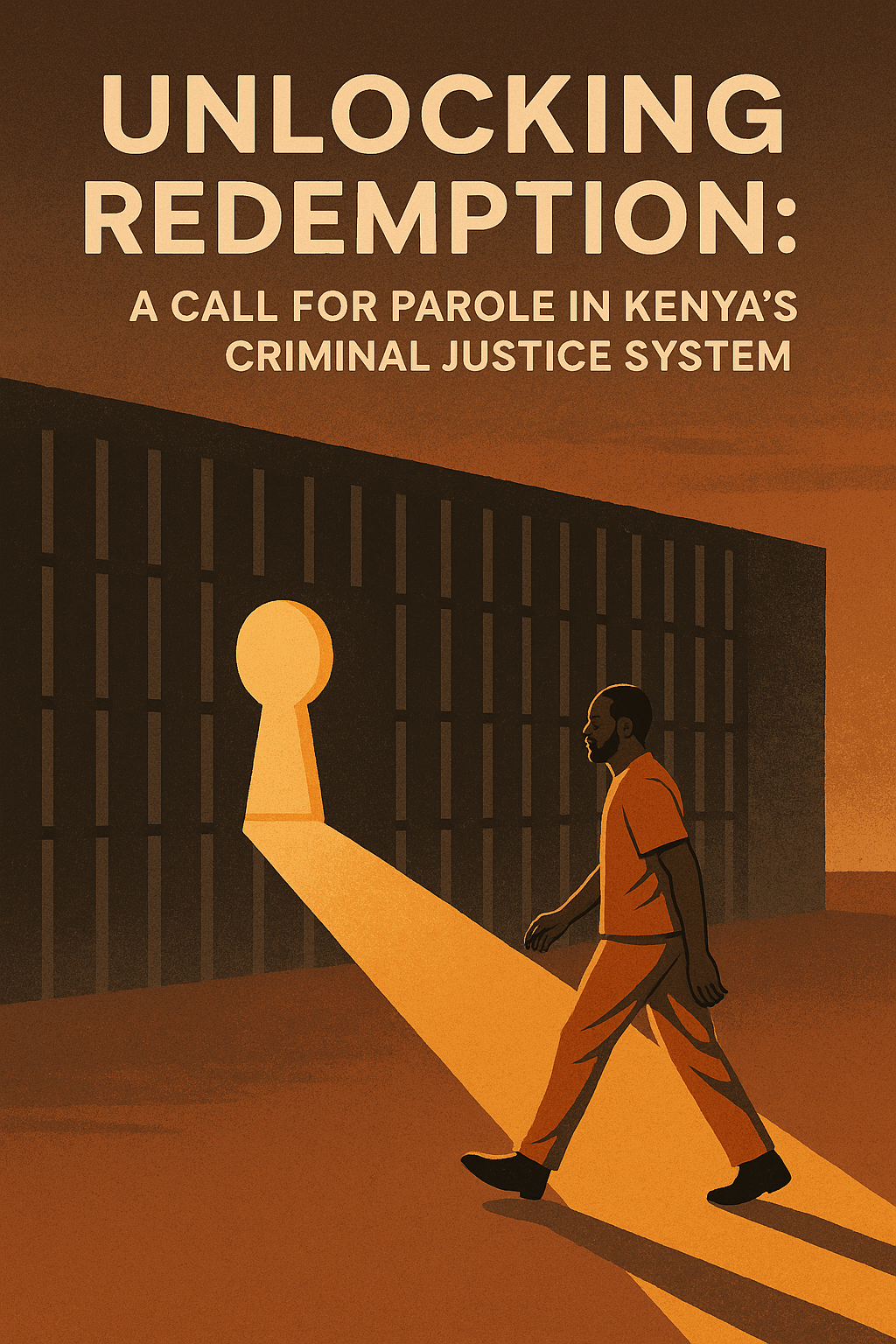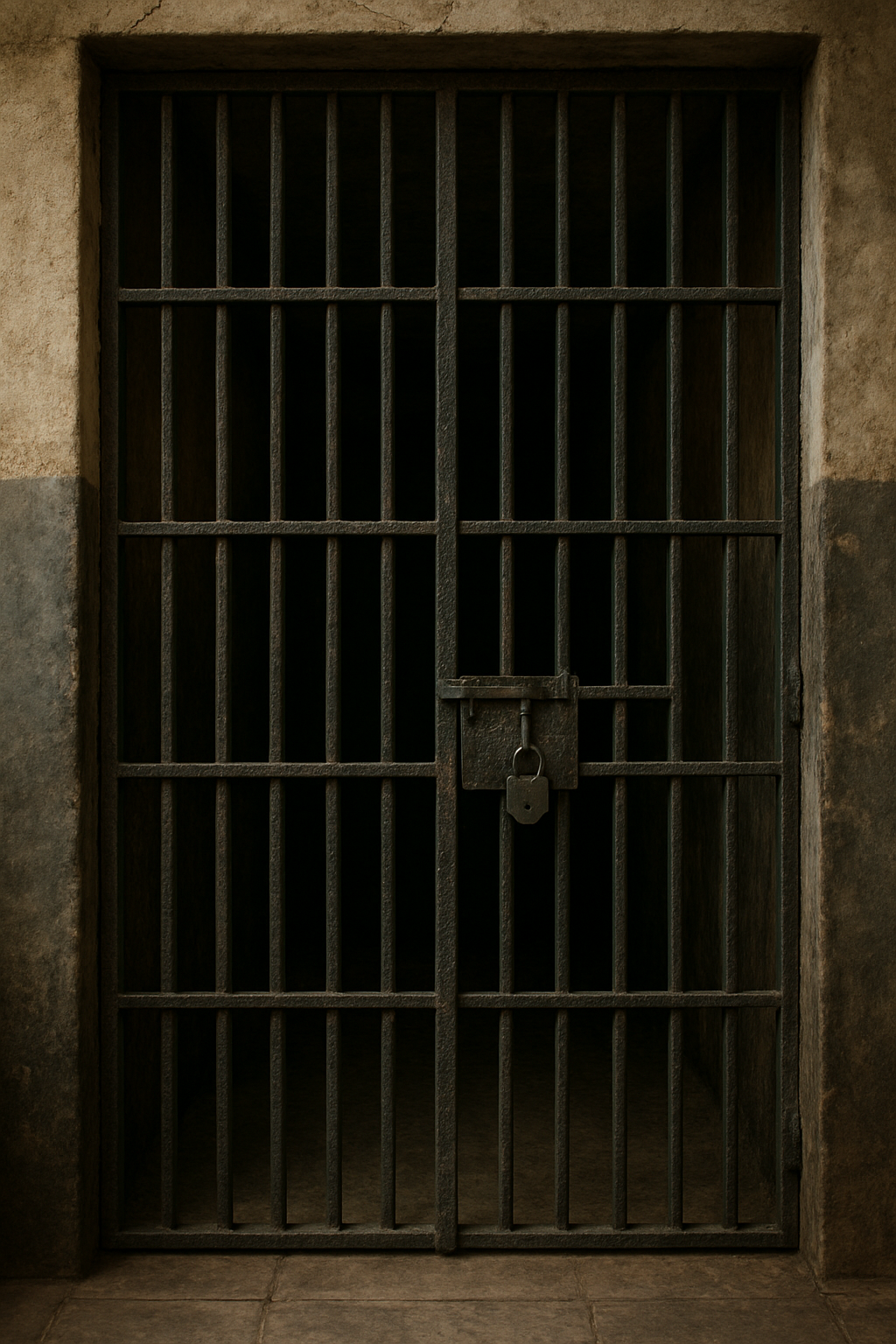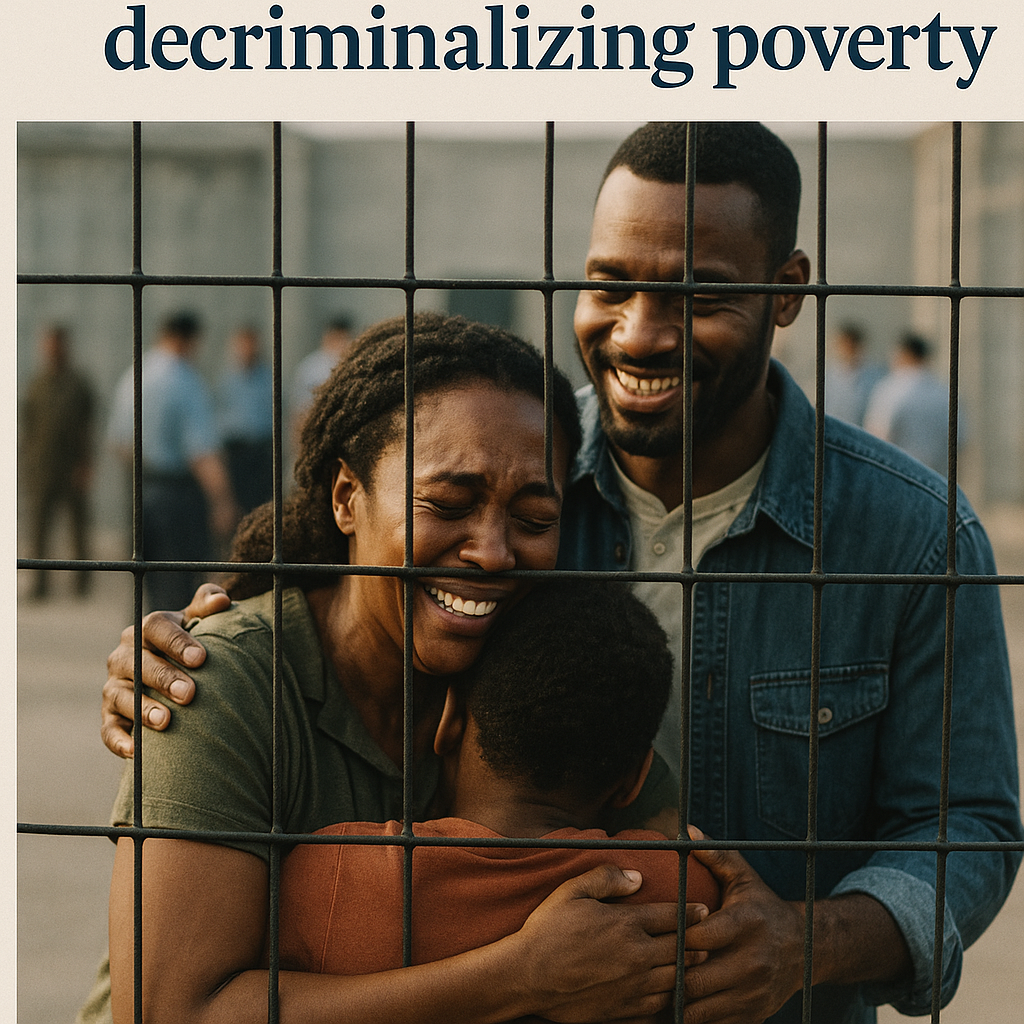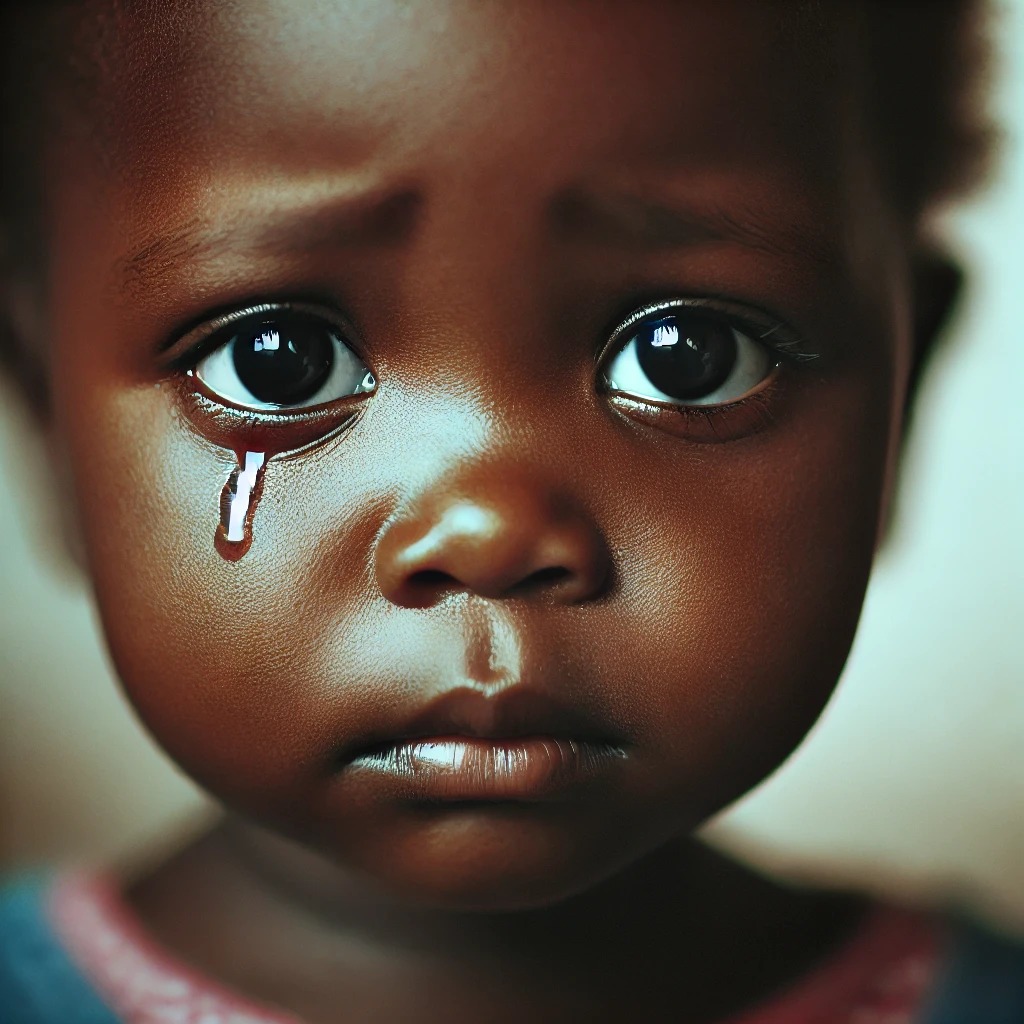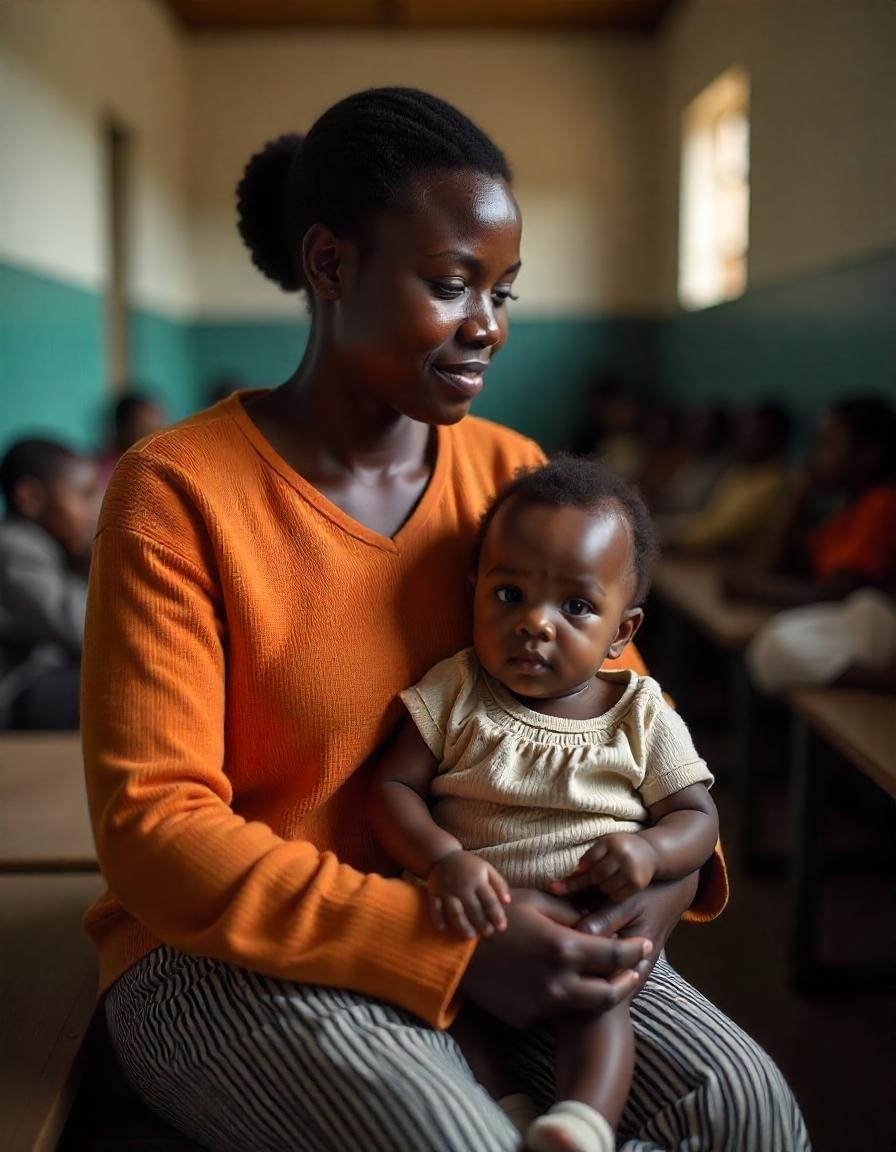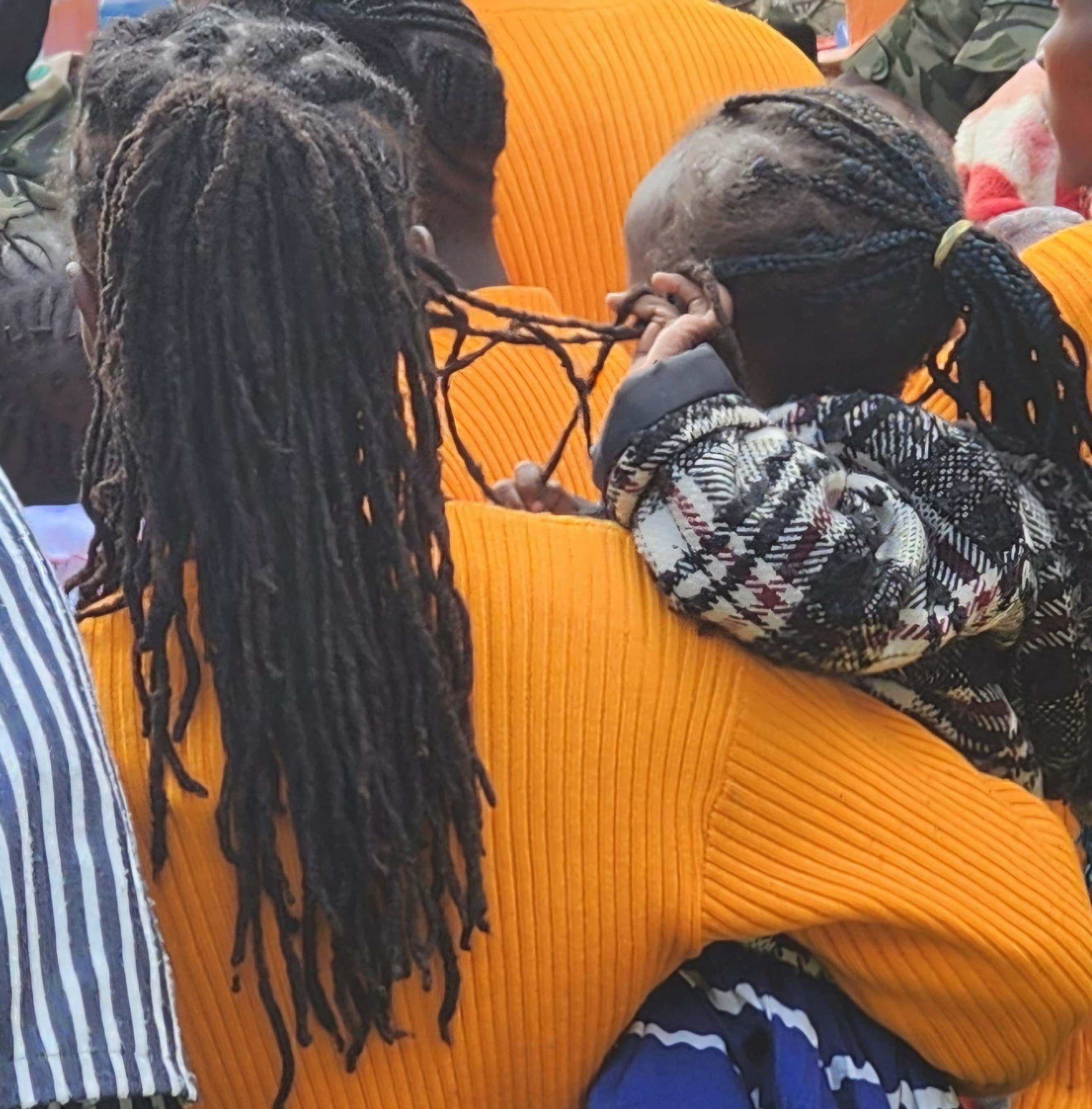Stories
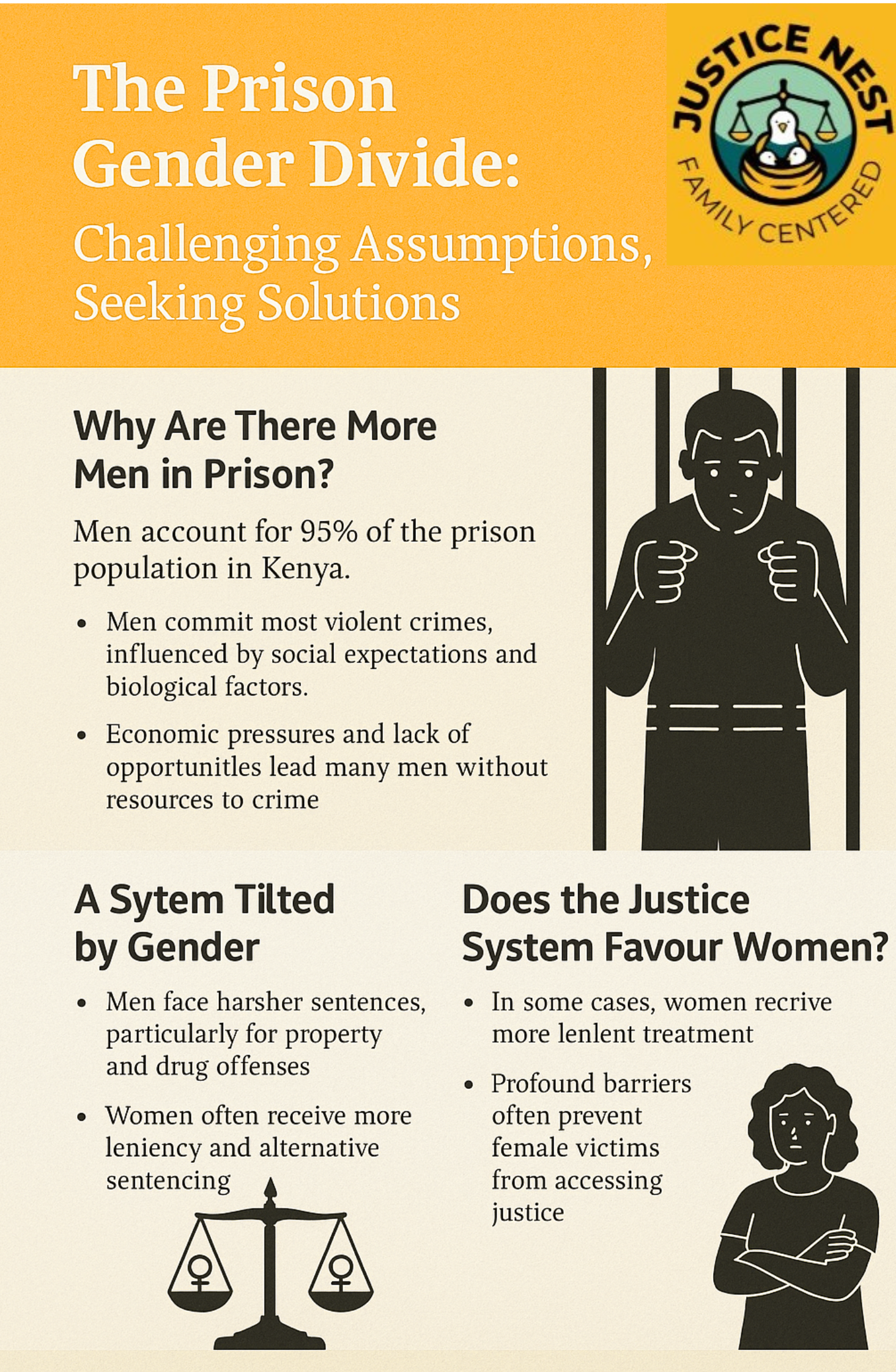
July, 2025
The Silent Crisis: Why Men Fill Our Prisons and Whether Justice Truly Favors Women
A question was posed in one of the live tiktok stream by one of the participants. Does the justice system favour women more than men and if not why are there more men in prison than women. This is a question we will discuss as behind the cold statistics of prison populations lies an uncomfortable truth, men are far more likely to end up behind bars than women. In Kenya, men make up a staggering 95% of the prison population, while women account for just 5%. This glaring disparity forces us to confront difficult questions: Are men inherently more criminal, or does society and the justice system treat them differently? The answers reveal a complex web of biological tendencies, social conditioning, economic pressures, and systemic biases that shape who ends up incarcerated and why.
The reasons for this gender gap in prisons are multifaceted. Men dominate violent crime statistics, accounting for over 90% of convictions for offenses like murder, armed robbery, and sexual violence. This trend isn't unique to Kenya, it's a global phenomenon that experts attribute to a combination of biological factors like higher testosterone levels and societal expectations that equate masculinity with aggression and dominance. From an early age, boys are taught to be tough, unemotional, and risk-taking, traits that, when combined with poverty or lack of opportunity, can easily spiral into criminal behavior.
Compounding the problem is the vicious cycle of recidivism. Men released from prison often find themselves trapped in a revolving door of incarceration. Without proper rehabilitation programs, limited job prospects for ex-convicts, and weak social support networks, many men return to crime simply because society gives them no other viable path. The justice system's approach to sentencing further exacerbates this issue. Studies show that for similar crimes, women are more likely to receive probation or lighter sentences, while men face harsher penalties, especially for property and drug-related offenses. Judges often perceive women as less dangerous, more remorseful, or as primary caregivers deserving of leniency, while men are viewed through a lens of inherent criminality.
Yet the economic underpinnings of crime reveal another layer to this story. While both genders may turn to crime due to poverty, men and women tend to commit different types of offenses. Men gravitate toward high-risk crimes like robbery or drug trafficking that carry severe sentences, while women more often engage in petty theft, fraud, or prostitution, offenses that typically result in shorter prison terms or alternative sentencing. This divergence in criminal behavior, combined with sentencing disparities, helps explain why prison populations remain overwhelmingly male.
But does this mean the justice system actually favors women? The answer is far from simple. In some areas, women do appear to receive more lenient treatment, particularly in family court, where mothers are significantly more likely to win child custody battles, and in domestic violence cases, where female victims are generally believed more readily than male victims. Some studies have shown that women receive shorter sentences for comparable crimes, with judges often viewing them as less threatening or more capable of rehabilitation.
However, this apparent leniency toward women exists alongside profound systemic barriers that prevent many female victims from accessing justice at all. Women face immense challenges in reporting sexual assault or domestic violence due to fear of retaliation, social stigma, or simply not being taken seriously by law enforcement. Economic dependence, lack of legal knowledge, and cultural norms silence countless women who might otherwise seek justice. Even when they do come forward, gender stereotypes can work against them, female victims are often subjected to humiliating scrutiny about their clothing, behavior, or sexual history, while female offenders who defy traditional gender roles may face particularly harsh judgment.
The reality is that our justice system fails both men and women, just in different ways. Men are funneled into prisons at alarming rates due to a combination of societal expectations, lack of support systems, and punitive sentencing, while women face systemic obstacles to having their victimization recognized and addressed. Neither gender is truly being served by the current approach, one is over-punished, the other under-protected.
This is why organizations like Justice Nest advocate for a fundamentally different vision of justice, one that focuses on restoration over retribution, addresses the root causes of crime rather than just its symptoms, and recognizes how gender biases shape outcomes at every level of the legal process. We push for alternatives to incarceration that keep families together, challenge stereotypes that harm both men and women, and create support systems that prevent crime before it happens.
Because true justice isn't about locking people away, it's about creating a society where neither men nor women feel driven to crime in the first place, where those who make mistakes get real opportunities to reform, and where the legal system treats every individual with fairness and dignity regardless of gender. The path forward requires us to move beyond simplistic notions of who deserves punishment and who deserves protection, and instead build a system that actually serves justice for all.
The conversation about gender and justice is complex, but it's one we must have, because behind every prison statistic is a human story, a family affected, and a community shaped by whether we choose punishment or redemption. What kind of future will we choose to build?
